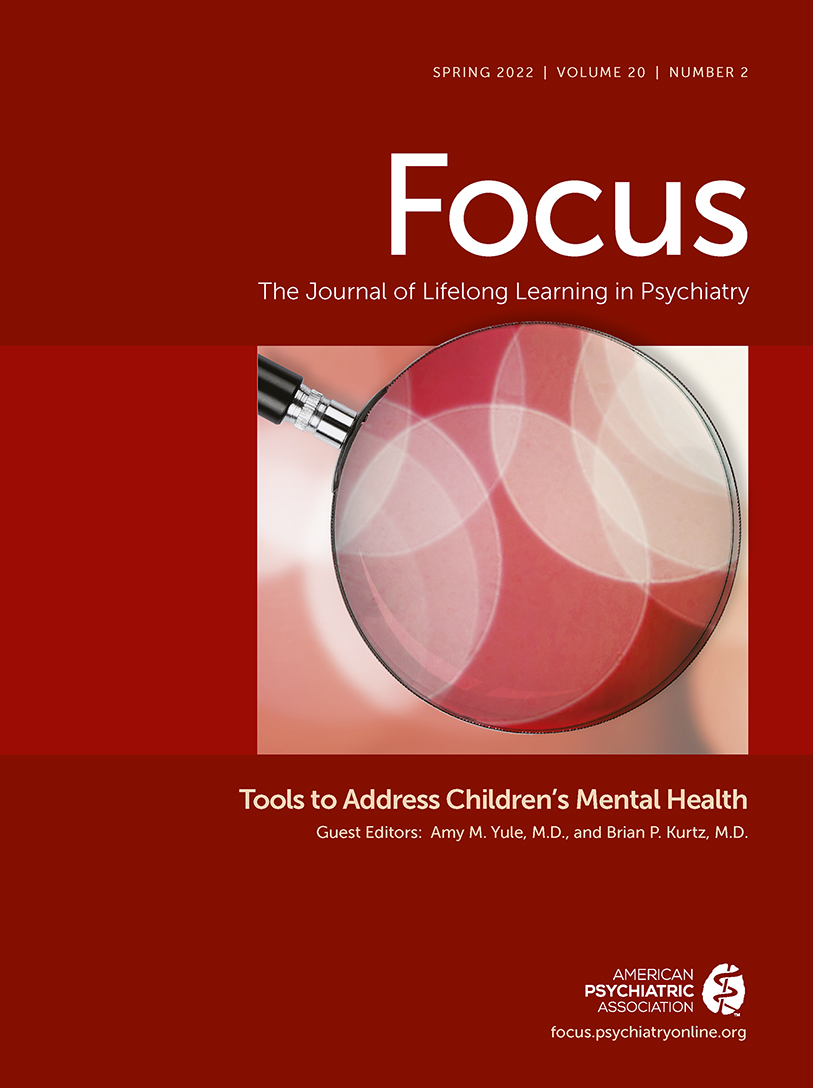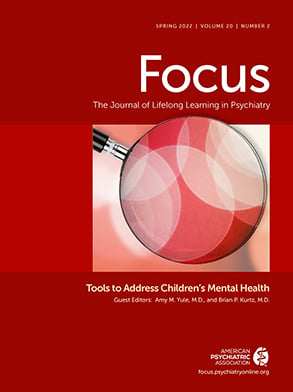Pediatric Psychopharmacology for Depressive and Anxiety Disorders
Abstract
Pharmacologic Considerations in Treating Depression and Anxiety Among Children and Adolescents
Pediatric Pharmacokinetics
Absorption and Bioavailability
Metabolism and Pharmacogenetics
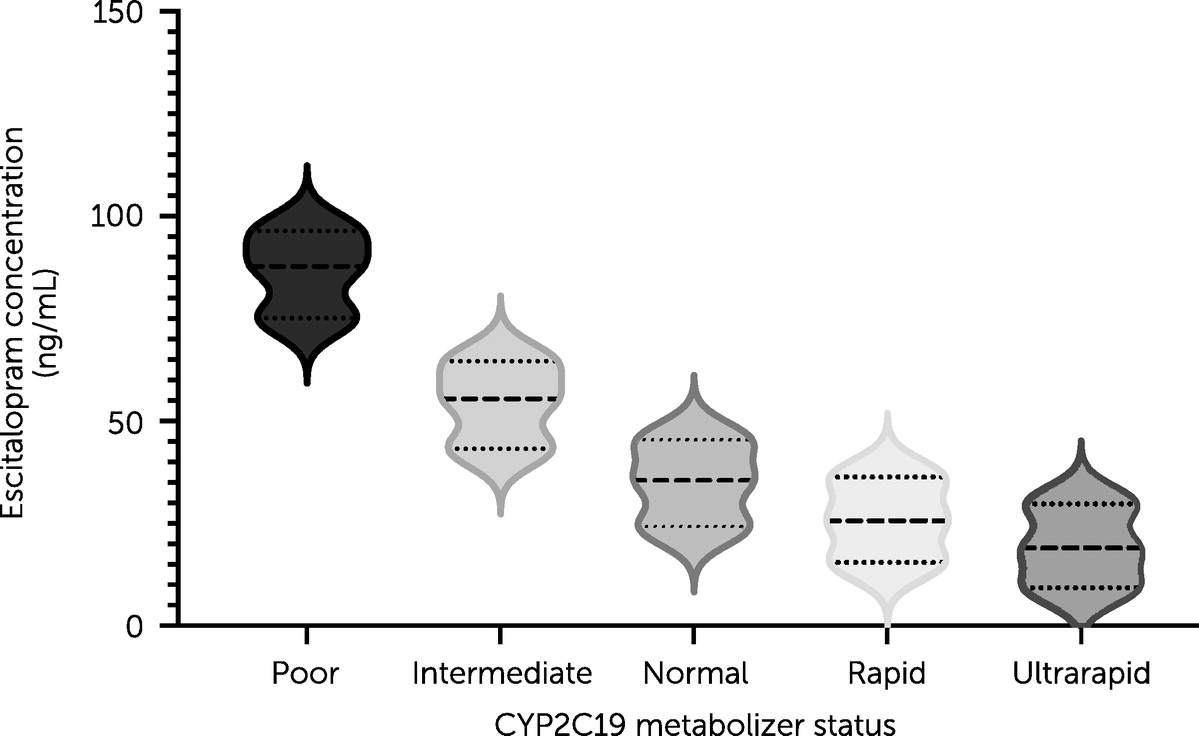
SSRIs
SSRIs in Pediatric Anxiety Disorders
SSRIs in Pediatric Depressive Disorders
SNRIs
SNRIs in Pediatric Anxiety Disorders
SNRIs in Pediatric Depressive Disorders
Tolerability of SSRIs and SNRIs Among Pediatric Patients
General Tolerability
Discontinuation as a Result of AEs
Activation
Suicidal Thinking and Behavior
Duration of Pharmacotherapy
Discontinuation of Pharmacotherapy
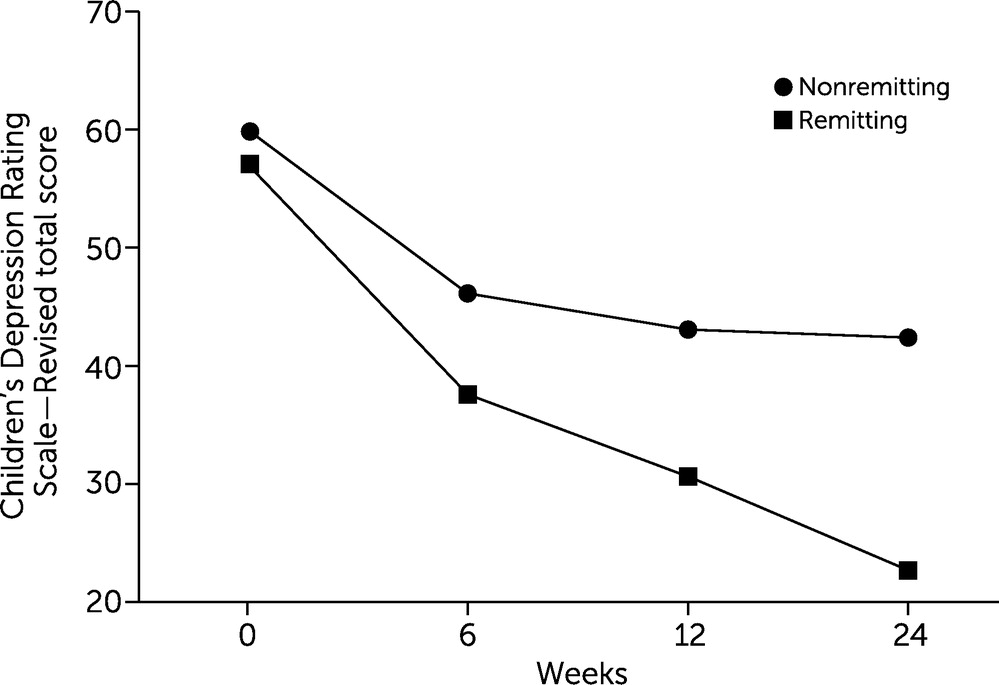
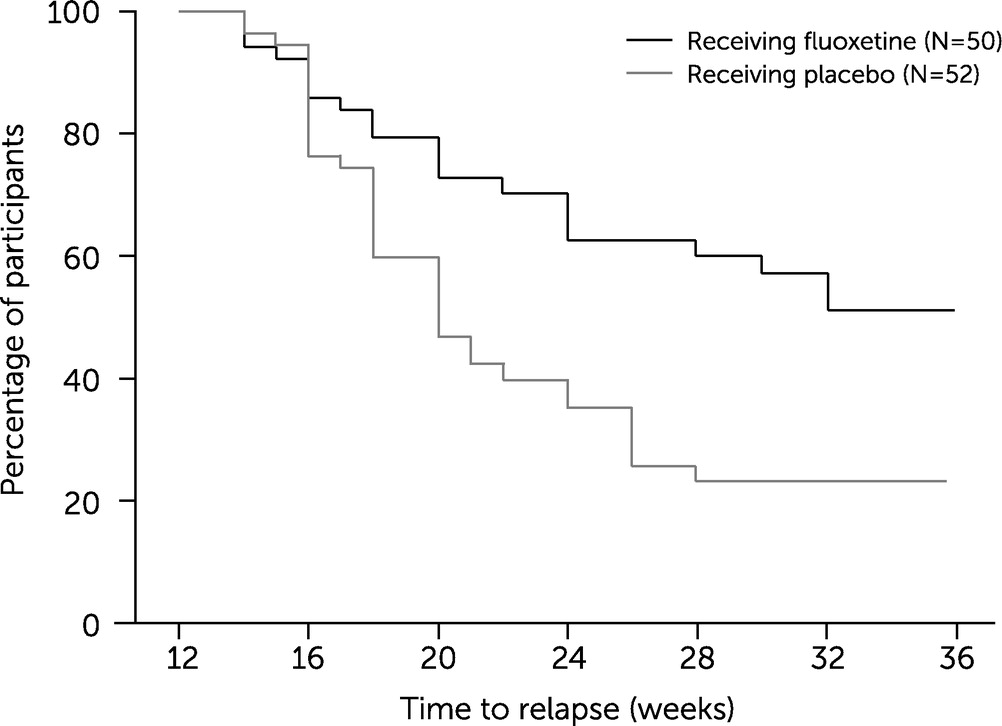
Conclusions
References
Information & Authors
Information
Published In
History
Keywords
Authors
Competing Interests
Funding Information
Metrics & Citations
Metrics
Citations
Export Citations
If you have the appropriate software installed, you can download article citation data to the citation manager of your choice. Simply select your manager software from the list below and click Download.
For more information or tips please see 'Downloading to a citation manager' in the Help menu.
View Options
View options
PDF/EPUB
View PDF/EPUBLogin options
Already a subscriber? Access your subscription through your login credentials or your institution for full access to this article.
Personal login Institutional Login Open Athens loginNot a subscriber?
PsychiatryOnline subscription options offer access to the DSM-5-TR® library, books, journals, CME, and patient resources. This all-in-one virtual library provides psychiatrists and mental health professionals with key resources for diagnosis, treatment, research, and professional development.
Need more help? PsychiatryOnline Customer Service may be reached by emailing [email protected] or by calling 800-368-5777 (in the U.S.) or 703-907-7322 (outside the U.S.).
